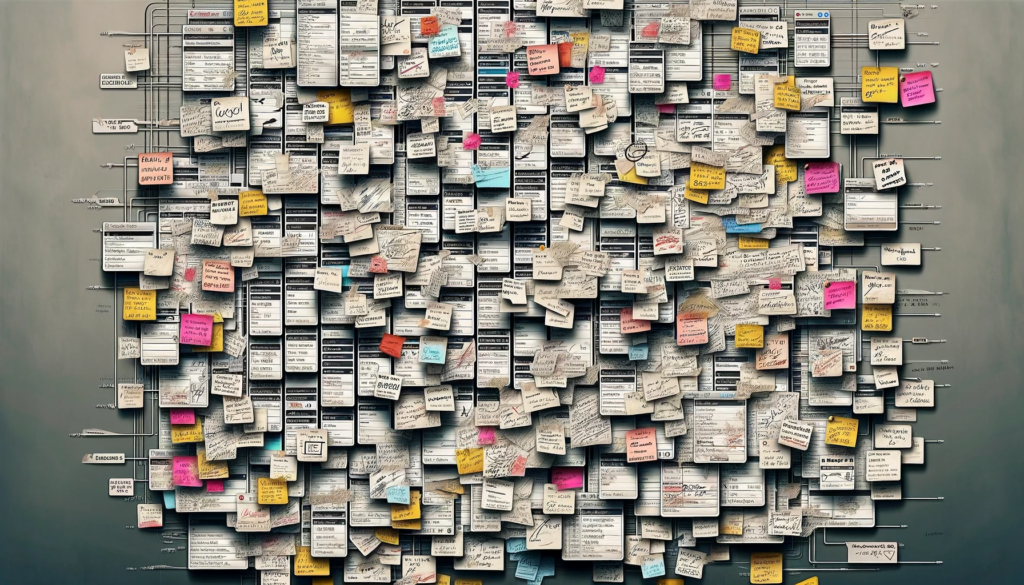Meeting strategy for creative people

I’m disciplined and strategic about meetings. Reflecting on that, I’ve realized just how much it improves the quality of my client relationships and the work I do.
For context, I’m a freelance writer and editor. But these principles may be helpful to you as a creative worker, regardless of what you create.
- To make time for creative work, I maintain as many meeting-free blocks of at least 90 minutes as possible. To accomplish this, I will often create meeting-free days and push meetings into other days. (Which days are meeting-free depends on my clients’ needs.) Creative flow rarely happens without time to concentrate.
- I reserve time in the morning for my own writing. That’s when I’m most productive. I usually do client work in the afternoons.
- I block off time for lunch, and knock off early. Because rushing through lunch and working late into the day make me cranky and unproductive.
- If you want to set up a meeting with me, I’ll suggest a few possible days with large blocks of time for you to choose from. This accommodates most people and communicates my willingness to serve clients according to their needs. People with lots of meetings often use tools like Calendly, but that communicates “my day is full and you have to fit yourself in,” which is not the message I want to send.
- My first vetting meeting with a potential client is a 45-minute meeting. This signals to the client that there is time for them to fully describe their project, keeps us from feeling rushed, and gives me time to ask probing questions and define next steps. But it also tells them that there are limits to how much time they get for free. If the meeting runs long it’s usually not a problem, as people rarely have something else booked in the spare 15 minutes at the end.
- I keep informational meetings to half an hour. If you’re just connecting to share information or I’ve agreed to help you out for free, you’re limited to a free half hour.
- I rarely meet in person. Virtual meetings let me immediately get on with my day after the meeting is done. The exception is the kickoff meeting for a very large project like ghostwriting a book — for that, I do a carefully scheduled in-person full day kickoff with the client, which we use to collaborate effectively on both content and process.
- I write both agendas and summaries for every progress meeting. When I do a progress meeting with a client, I want everyone to know what’s expected. The day before the meeting, I send an agenda on what we will cover and who is responsible. Right afterwards, I send a recap including what we all agreed to do (including my own responsibilities). During the meeting, there is plenty of time for discussion, but I ensure that we hit all the planned topics. By doing the agendas and recaps myself, rather than delegating it to an administrative person, I maintain control not just of the meeting, but of the project as a whole.
- I give people at least two days to review major content pieces. Sending long, substantive things to review hours before a meeting is rude and ineffective.
- I keep meetings small. If you’re not collaborating, you don’t belong there. I can’t serve too many masters at once.
- I limit my paid training presentations to 90 minutes. This ensures that we move along briskly and have time for interactive exercises, but that people don’t lose focus. My full corporate training takes two 90-minute sessions. I limit attendance to 20 people, because I can’t keep track of whether people are concentrating with a larger group. A single three-hour session or three one-hour sessions, although they would cover the same content, would not be nearly as effective.
- My book idea development sessions are 90 minutes long. In these sessions, we work on titles, subtitles, and content descriptions. I send an email a few days ahead about exactly what to expect. This length of meeting gives the client time to explain themselves and answer challenging questions about their book. It also allows us time to get stuck and then unstuck, which often happens. But the time-limit drives progress towards the goal.
Your meeting strategy may be different. But you should have one.
If you take meetings whenever other people need them to happen, you’re letting others set your creative agenda. Are you feeling productive, or hassled? How would that change if you set up meeting rules to manage your own creative output?
I’m curious about the meeting strategies others use. Let me know what works for you in the comments.
Josh as expected, again your post is helpful. I work in an Engineering Environment with production issues popping up daily. Meetings are mostly on line but I do block off my schedule for lunch and end of day if possible. What is difficult is when am double booked. I usually prioritize which issue requires most timely response.
I need to digest this post a bit more, but one thing jumped out about Calendly. I added a single sentence to my Calendly requests and have not experienced any antagonism since.